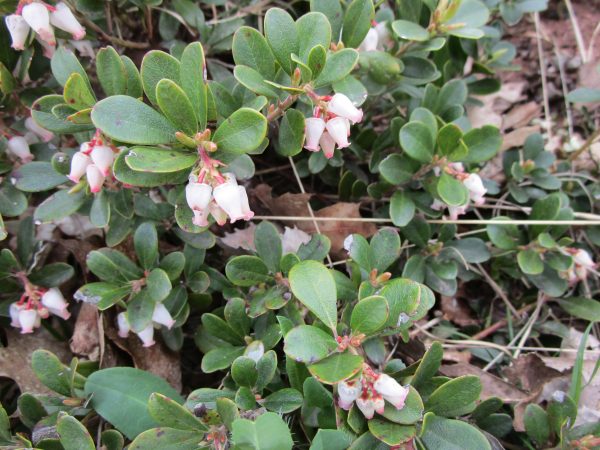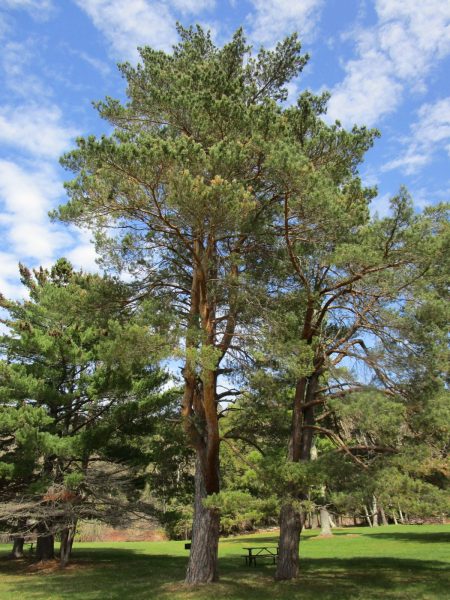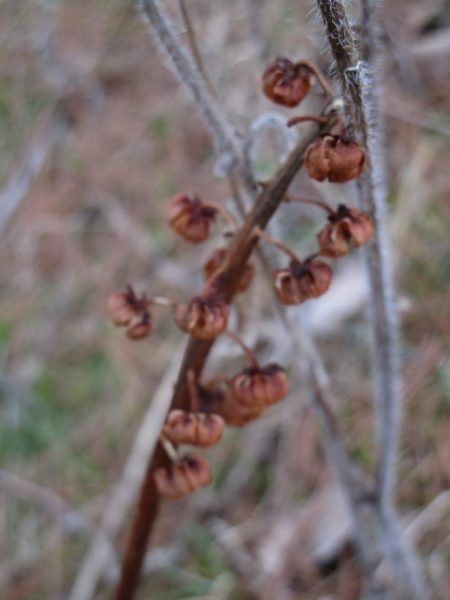“A man on foot, on horseback or on a bicycle will see more, feel more, enjoy more in one mile than the motorized tourists can in a hundred miles.”
“The extreme clarity of the desert light is equaled by the extreme individuation of desert life forms. Love flowers best in openness and freedom.”
― Edward Abbey, Desert Solitaire

My drive out to Colorado began on the foggy North Coast of California. I packed up my car, took a few final moments in the company of the Ocean, cracked open Desert Solitare and headed east.
Having been to the deserts of Southern California only once, the opportunity to spend some time in the deserts of Nevada, Utah, and western Colorado seemed like the perfect opportunity to kill a bit of time on the drive out. I’ve always been fascinated by the desert- the dramatic contrast of the landscape, the strategic adaptations, and resilience of the life forms that exist among it, the hidden gems that exist within it. The sense of calm one can reach in the absence of noise at night, under a spectacular portrait of the nights’ sky.
A few bike rides, and slot canyons later I arrived in Denver, only to find that I would be heading back to the high deserts of Colorado in my first few weeks of my internship. For the next few months, I will be working out of the Colorado BLM State office under State botanist Carol Dawson doing rare plant demography and monitoring throughout the State.
A bit about the work:
The threatened and endangered species monitoring program out of the Colorado State office began in 2004 with nine plant species Federally listed under the Endangered Species act, and four candidate species that primarily occur on BLM land. The monitoring program is unique in that for each species, the State Office has employed a demographic monitoring approach to develop a greater understanding of the landscape, and population-level dynamics of each species.
The monitoring of such species is important towards determining the status of imperiled species, at the population and range-wide level, and their potential future condition given different management actions, and environmental stochasticites. Additionally, this monitoring program is important in developing adequate and efficient recovery measures using the best available scientific information possible.
Week 1: Astragalus debequaeus
Astragalus is member of the bean family (Fabaceae). It is considered to be imperiled at the global and state level. A. debequaeus is known only from the Colorado River Valley in Delta, Garfield and Mesa Colorado.
Astragalus is the largest genus of plants in the world, with over 3,000 described species. Rarity and Endemism are common in Astragalus given that the species has a tendency to speciate by the means of edaphic specialization (colonizing a specific soil substrate often confined to a narrow geographic range).
Astragalus debequaeus is a prime example of edaphic specificity, known only from the Atwell Gulch member of the Wasatch formation. A. debequaeus also seems to really enjoy colonizing the steepest, rockiest slopes, making for fun and mildly dangerous sampling sites.
Overall, it was a good first week, with two new macroplot sites scouted, and sampled, and a few tumbles taken.

Week Two: Sclerocactus glaucus
Week two began with a trip back out to Western, Colorado to sample the Colorado Hookless Cactus: Sclerocactus glaucus. S. glaucus populations occur primarily on alluvial benches along the Colorado and Gunnison rivers and their various tributaries. Since 2007, Denver Botanic Gardens and BLM have established over ten monitoring plots to gain a deeper biological understanding of S. glaucus.
A grand majority of known occurrences of S. glaucus occur on BLM managed lands, while a number of other occurrences occur on private lands. Potential threats to this species include: oil and gas development, grazing, and ORV use. Other potential threats include: Climate change (specifically drought-induced effects), predation, and parasitism by the cactus-boarer beetle (Moneilema semipunctuatum).
Unlike A. debequaeus, from the S. glaucus sites we visited, I noticed a much different composition of habitat-types at each site location. One interesting thing we found at one of the sites we sampled was an interesting composition of crypto-biotic soil crusts (a living layer of lichen, moss, microfungi and cyanobacteria that colonize the top layer of soil in many desert landscapes).

Sclerocactus glaucus
For more on cryptobiotic soils: https://www.nps.gov/articles/seug-soil-crust.htm
Overall, it was a good second week with a few sites showing promise of new recruitment, and a few showing signs of potential decline. For the rest of the week, I will tend to the tasks of data entry, and the further examination of soil crust samples from Sclerocactus sites. For the weekend, I look forward to finishing up some things in my garden, mushroom hunting, and getting some more dirt on my bike.
Until next time,
Sam




















